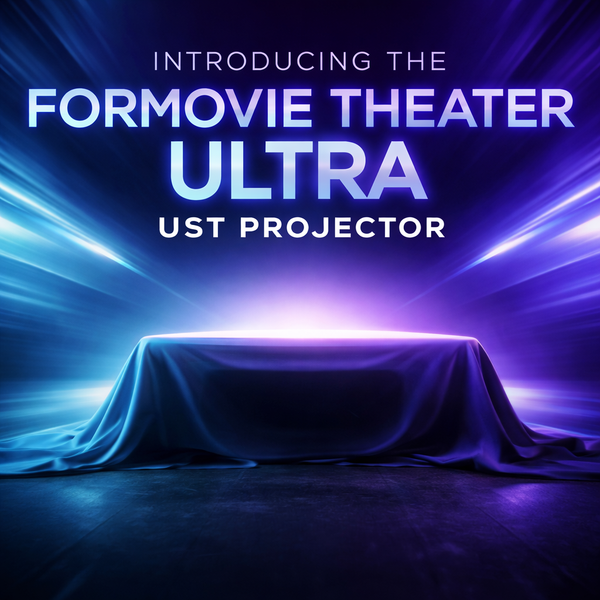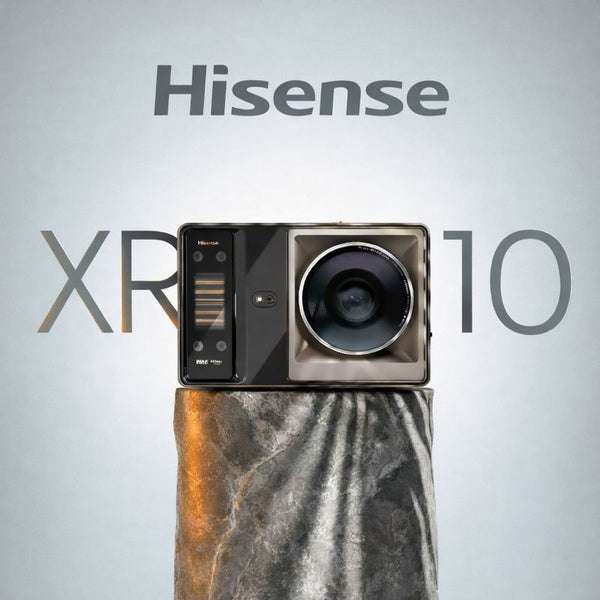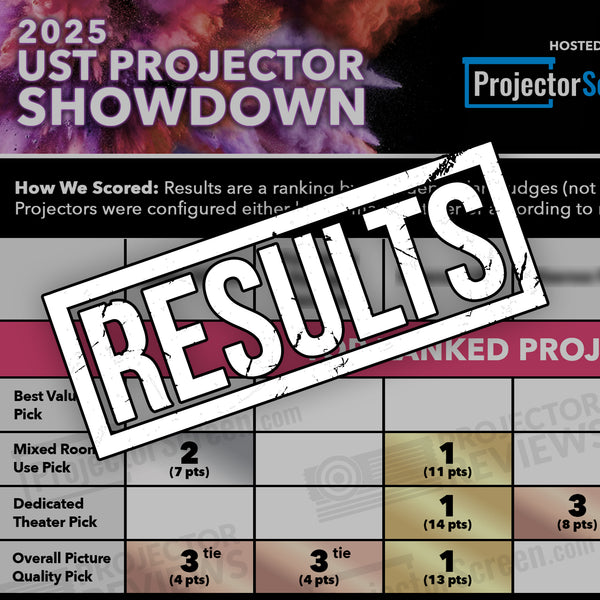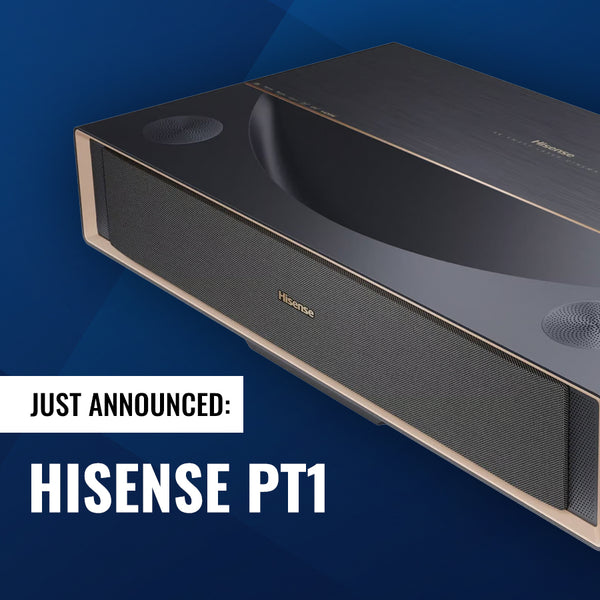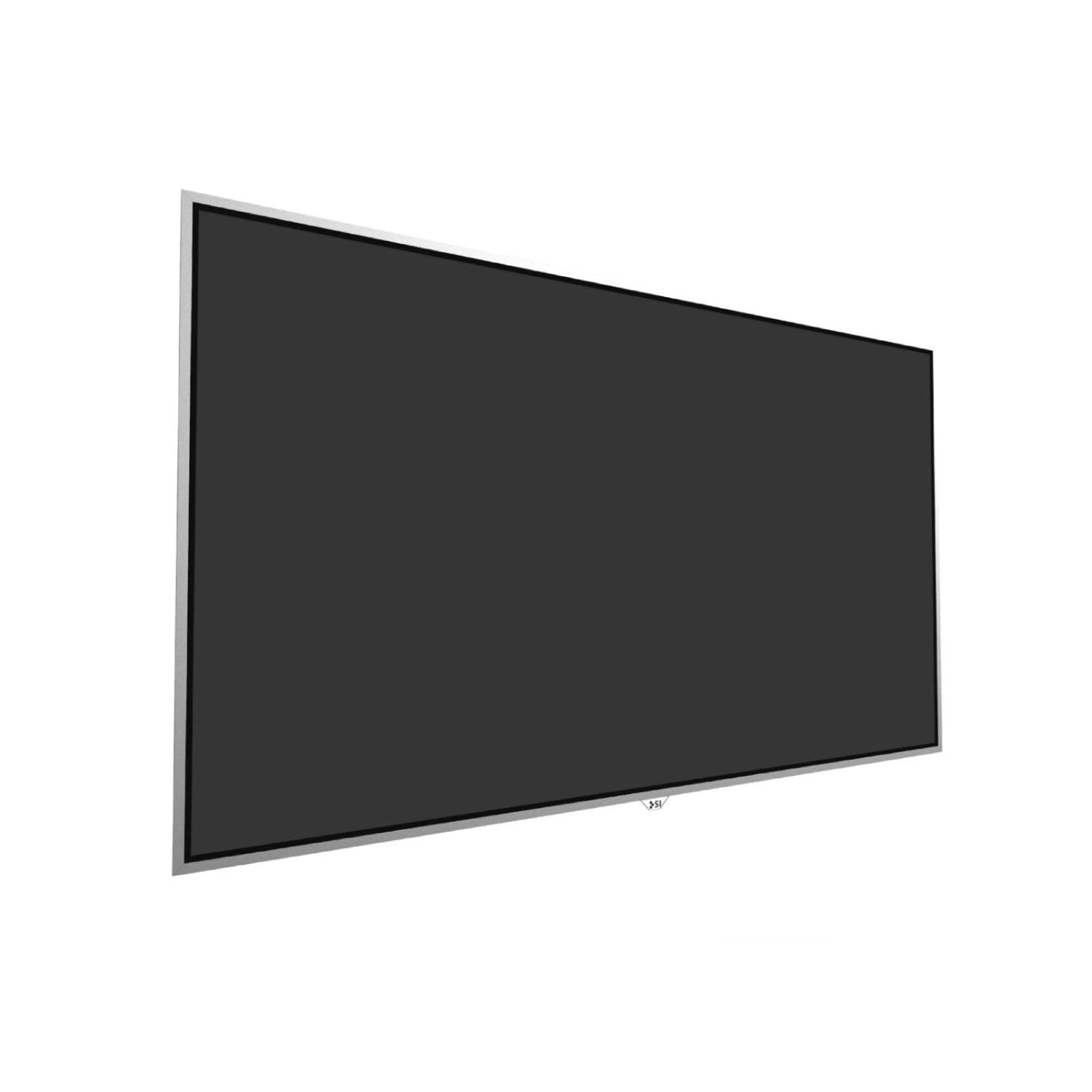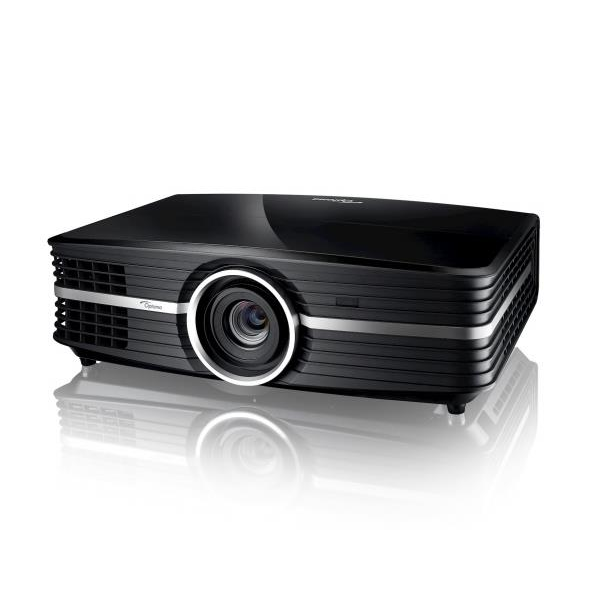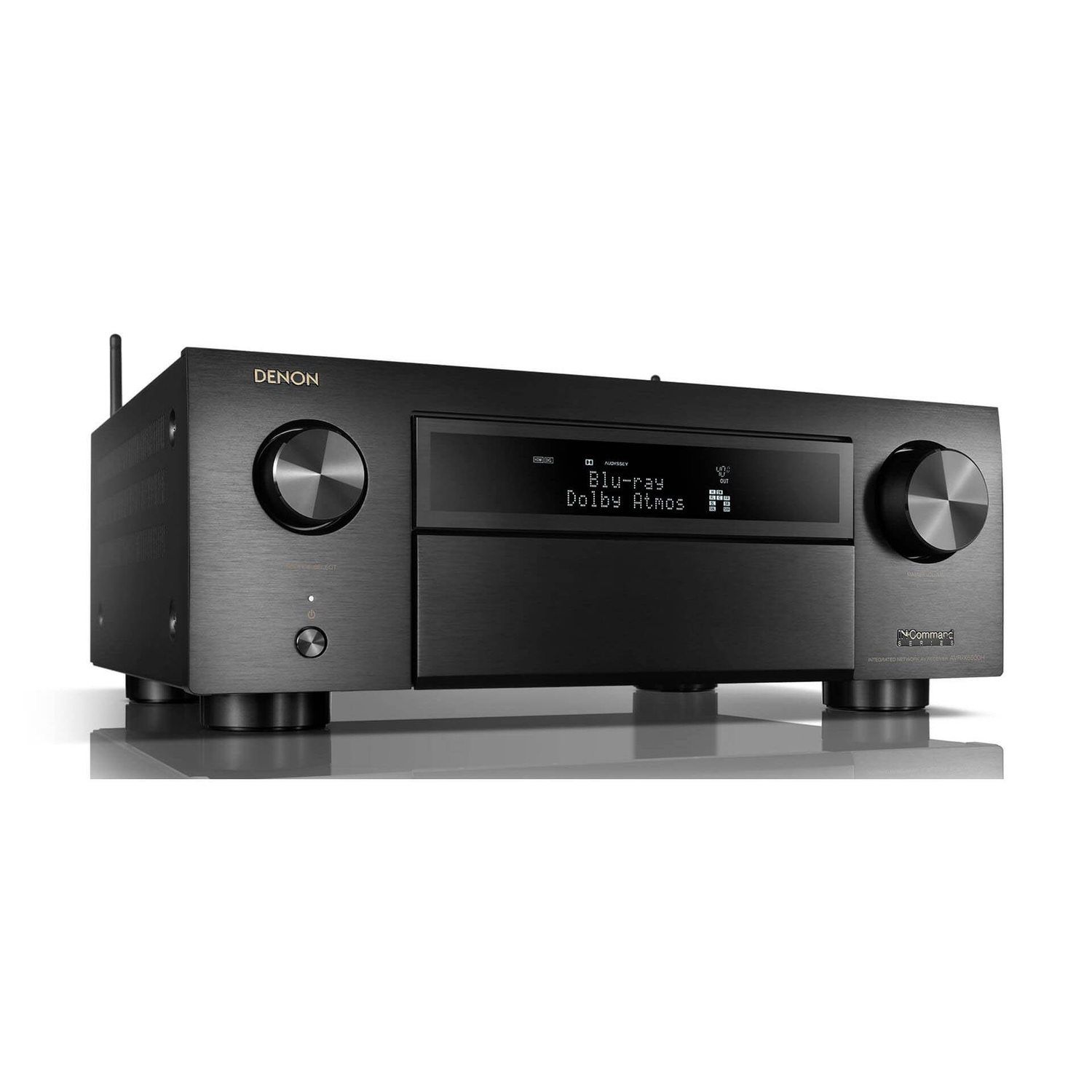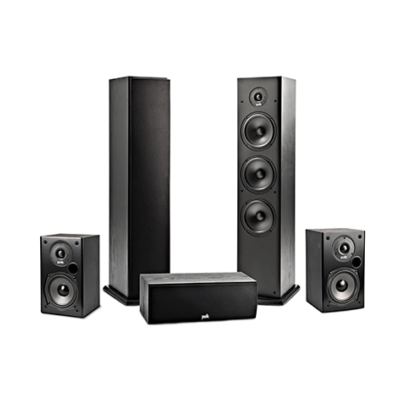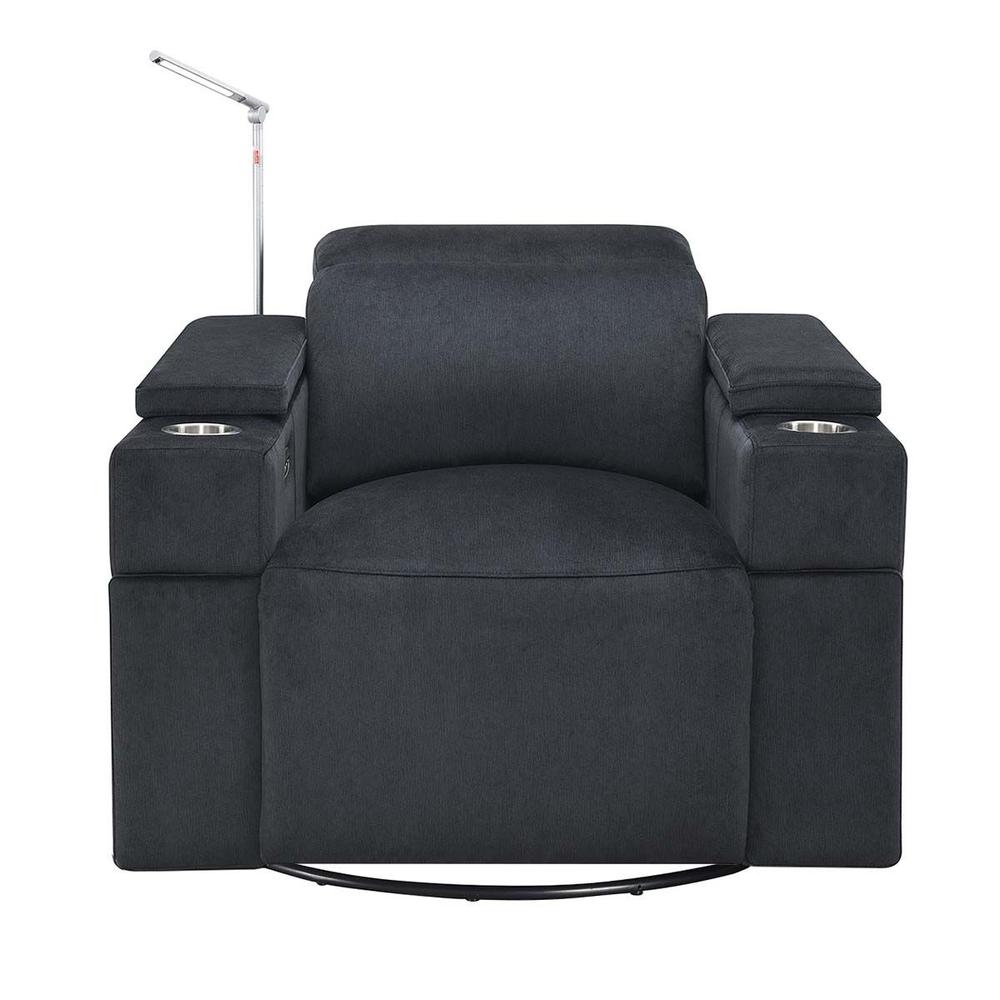Laser Projectors Vs Bulb Projectors Vs LED Projectors

You Light Up My Life: But which is the best type of projector? Will it be with a Lamp, LED or Laser Projector?
So you’re looking to buy a projector? If so, one of the first questions you need to ask is, “what projector light source is the best and why”?
As of today, there are three main options to choose from. The original and still most widely used and available are lamp-based designs, which have been utilized since the dawn of projection. However, this is rapidly changing as the solid-state newcomers, LED and Laser, start to take over at an accelerated pace.
So which is best, Lamp, LED or Laser Projector and which of these technologies are the right fit for you and your projection needs? Let’s find out!
The Pros And Cons Of Each Technology
Lamp Based Projection
Pros
- Mature technology
- Least expensive cost of entry
- Easily accessible
- Replacing lamp renews brightness to as-new
- Affordable replacement lamps
- Ability to provide high brightness when needed
Cons
- The need to replace lamps often
- Periodic Maintenance such as cleaning filters
- High heat generation, leading to the need for more cooling and lower component life
- Lower color gamut capability without the use of brightness robbing color filters
- Longer on/off times due to lamp warm up and cool down needs
- Can be more expensive than LED and Laser units if used extensively due to the need to buy more lamps, more often
LED Based Projection
Pros
- True and discrete RGB primary colored light source diodes
- Capability of wider color gamuts from DCI-P3 to BT.2020
- Lower heat generation leading to less cooling and increased life of components
- Near instant on/off times
- Smaller form factor possible, making it more portable, if needed
- Can deliver 20,000 or more hours in their lifetime, without a light source replacement required
- Essentially maintenance-free operation
- Can be mounted in non-standard angles, unlike most lamp projectors
Cons
- Not yet able to deliver very high brightness like lamps for commercial use on large screens in ambient light
- Not a lot of research is being done with LEDs as they are with lasers
- More expensive than lamp based projectors
- Should be used in light controlled rooms due to lower brightness
Laser Based Projection
Pros
- Can be true, discrete primary colored light source using RGB laser diodes
- A lot of research and development being invested as this will be the de facto standard in projection in the very near future
- Capability of wider color gamuts up to BT.2020 without color filters needed
- Lower heat generation leading to less cooling and increased life of components
- Near instant on/off times
- Smaller form factor possible, making it more portable, if needed
- Can deliver 20,000 or more hours in their lifetime, without a light source replacement required
- Essentially maintenance-free operation
- Can be mounted in non-standard angles, unlike most lamp projectors
- Capable of very high brightness, similar to lamp based projectors
Cons
- More expensive than lamp based projectors, especially discrete RGB laser designs
- Can cause eye hazards in high bright, discrete RGB laser installations
- Susceptible to what is known as the “laser speckle”, which is sort of a shimmer and glitter effect, especially in solid colors, unless mitigated internally with filters or externally with screen vibrators.
Old Reliable: Lamp Based Projection
The Original Bulb Projectors
Since the first inception of a projector, notwithstanding using a candle in front of a mirror hundreds of years ago, it used some form of an incandescent lamp. The only things that have really changed since then have been how bright they can get, what spectral color they were and how long they could last. In the beginning lamps were very low brightness, lucky to get over a couple hundred lumens, and they didn’t last more than a couple hundred hours if you were lucky. It wasn’t really until the turn of the 21st Century that this technology progressed enough to get both a high brightness of 1,000+ lumens and also coupled with a long lamp life of over 1,000 hours.

During this time, they tried many different technologies to increase brightness, such as making dual and even quad lamp designs. Over its lifespan, they’ve used different lamp technologies, such as UHP (Metal Halide), Halogen, Mercury and Xenon.
Modern Bulb Projectors
Modern lamp based digital projectors either use a color wheel or a series of dichromic mirrors to separate the white light from the bulb into the colors you see on screen.
 |
 |
The most recent projector releases now offer a lifespan of 5,000 - 10,000 hours, usually when some form of Eco lamp mode is available and used. This mode reduces lamp output power in exchange for more longevity. Since getting to this level of performance and lamp life, we don’t envision lamp-based projection will be gone anytime soon, but with environmental concerns being all the rage considering what these lamps are made out of, their days are certainly numbered.
Why Buy A Lamp Based Projector?
So why would I choose a lamp-based projector over a solid-state LED or Laser one? The easiest answer would usually be, initial cost of entry. Most lower class and affordable projectors, like the Epson 4010, still use lamp based light engines. Another answer could be that lamp projectors are sometimes best for those who are only using their projector infrequently for movies a couple times per month, or for a classroom with it being used a couple times per week. The obvious answer would be houses of worship, who may only use the projector once during the week, so they could benefit from lower cost lamp projectors.
One thing that must be considered is of course the need to replace lamps on a periodic basis. These lamps, depending on the model they’re used in, can get quite expensive, especially Xenon, which is used in commercial cinema applications mainly. Also in case you have a blown projector lamp, which chances are high will happen at some point in your life of owning a projector, you should always have a spare lamp on hand in case it blows at the most inopportune time. Then in a few years down the road, what will the availability be of a replacement lamp for your exact model?
Overall though, and still in many instances, a lamp-based projector could still be a valid and cost-effective solution.
The Pinnacle: Laser Projectors!
Well, not quite Dr. Evil! There are three main variants of laser projection. Blue Laser Phosphor, RB (Red, Blue) Laser and Full Discrete RGB (Red, Green, Blue) Laser, none of which utilize the native “laser beams” on the screen.
The latest and fastest growing segment in the projection realm is the use of lasers as the primary light source. When we say “Lasers” we are speaking of light-producing systems made up of banks of Laser Diodes, which can produce light output levels of up to or even over 50,000 lumens.

The Original Laser Projectors
There was at one time something called “Grating Light Valve”, or GLV. These essentially used the actual laser beams, scanned onto the screen similar to how the old CRT technology worked, which scanned their electron beams onto a phosphor coated screen designed to illuminate when struck by the electrons and excited. Though like CRT televisions there's a reason no major manufacturers make GLV projectors.
Modern Laser Projectors
Single Laser Projectors
The first and most affordable modern laser projector technology is with the use of blue laser diodes shone onto yellow (and sometimes green) phosphor, be it a wheel, which is most common, or a rod/tube.
 |
 |
The blue laser light, when it strikes the yellow phosphor, gets excited and lights up to emit an intense yellow light. This yellow light is then split into its two primary colors which make it up, red and green. These red and green colors are then combined with either a portion of the blue laser which passed through a clear segment of the yellow phosphor wheel in the case of single chip DLP, or combined with a second blue laser in the case of 3LCD and DiLA versions of blue laser phosphor designs. These techniques are needed to provide the projector with its RGB colors to create an image on screen.
Two Laser Projectors
The second is RB or RBB Lasers which are red and blue discrete lasers, usually with two blue lasers and one red laser.

One of the blue lasers is shone onto a green phosphor, similar to the prior approach mentioned using yellow phosphor, which when excited generates the green light needed for RGB projection. This green light is then combined with the other blue laser and the red laser to give you full RGB primary colors to create a full color image on screen. One example of a RBB laser projector is the LG HU85LA.
Triple Laser Projectors
Lastly, and what most everyone considers the pinnacle of projection technology today is the use of separate and discrete Red, Green and Blue lasers, known as RGB Laser. These laser colors are the primary colors we use in projection to make up full color images. This technique is similar to the old CRT “3 gun” tube projectors which had one each red, green and blue high power CRT tubes, manually converged and shown on screen.

The difference is, normal lasers, such as those used in laser pointers, are what is called “coherent” light, meaning they are very concentrated and made up of the same wavelengths of that particular color so they don’t interfere with one another and they have extremely narrow bandwidth. Due to this, the type of laser that can be used to light up a projection screen needs to be “incoherent” light and diffused, or beam expanded.
Non-Beam Expanded |
Beam Expanded |
 |
 |
|
Coherent light output High energy density |
Expanded light beam Low energy density |
The other difference to the old CRT projectors is that the three primary colors are converged internally inside the projector by the factory before leaving the single lens onto the screen.
Why Get A Laser Projector
Laser projectors, like their LED counterparts mentioned below, can deliver 20,000 or more hours in their lifetime, without a light source replacement required. In addition, because laser light is very pure, concentrated and with a very narrow bandwidth, it allows it to support a very wide color gamut, up to and exceeding the BT.2020 color gamut with RGB laser.
They have essentially maintenance-free operation along with less heat being generated than their lamp counterparts, needing less cooling requirements and adding longevity to the parts since they don’t get nearly as hot. These can also be mounted in many more angles than ones with lamps.
The Minor Leaguer: LED Projection
Like a minor leaguer, there's definitely potential with LED projectors, but they're just not there yet.
In the beginning of LED light-sourced projectors, they did not provide what would be considered great numbers for decent projection. They employed, as they do now, separate red, green and blue LEDs, but they had very low lumen output, usually below 1,000 lumens, with 800 being typical. This along with low quality designs, which produced undesirable imagery when compared to their lamp-based design counterparts. Initially it was a lot from overseas, mostly Asian and off-brand manufacturers selling cheap into the world market with inferior products. Most of those cheap projectors on Amazon are LED based. This left a lot of the industry and the consumers unimpressed with this new LED technology, for good reasons.
About 5 years ago though, things changed when Hitachi introduced an LED projector rated at 3,500 lumens. This seemed to be the watershed moment with other manufacturers to produce full RGB LED projectors. One such example was the BenQ HT9050 and then its successor, the HT9060. These projectors featured high brightness (for home theater) of 2,200 lumens and full DCI-P3 Color Gamut coverage using the Philips branded “ColorSpark” LEDs.
These high priced LED models offer 20,000+ hours of operable life, similar to laser projection light engines, with essentially none of the maintenance of lamps, although some still have air filters by the fans that require cleaning and eventual replacement in predetermined intervals. The great advantage of these LED projectors comes when installed in difficult to access locations, and also for those who use their projector very frequently, maybe a few or more hours per day, and would end up burning through lamps at an extremely high rate. This high rate of use usually means a better long term cost value in cases such as this.
Some major advantages of LED projectors is that each LED can be independently controlled. This allows you to dim and brighten each primary color separately and independently to follow the scene brightness. This has the potential to lead to higher contrast, such as when using an iris with a lamp based projector. These same LEDs also have near instant on and off, so there’s no waiting for the lamp to warm up or cool down.
DLPs probably benefit the most from solid state light sources such as LED because they can replace the color wheel system entirely on a single chip DLP design, since the Red, Green and Blue LEDs would natively replace the color wheel’s colored filter segments and usually do it with a much wider color gamut to boot, going from HD’s Rec.709 color up to UHD’s newest DCI-P3 gamut and beyond, closer to full BT.2020.
Another good selling point is that using a solid state light source, especially LED, means less heat is generated than lamps. This has significant impact in tight spaces or when the projector is mounted in non-standard orientations or angles in places like Museums, art galleries, and video mapping scenarios, such as onto buildings or other objects.
LEDs still aren’t capable of super bright lumens, so you won’t be able to use them on extremely large screens or in environments with high ambient light. You would still require a lamp-based projector to get high lumens, and now some laser-based units as well.
Overall, unless you're looking for a cheap projector, LEDs just can't match the performance and value you get from a laser or bulb based projector.
Hybrid Projectors using LED and Laser
Even though we haven’t mentioned it yet, there are Hybrid Projectors which use two types of lamps for their light source. These are most often combination LED and Laser Light sources. In this hybrid Projector, typically a blue laser is used to pass through a green phosphor tube to create a green colored beam of light. The Red and Blue colors are created by high-power Red and Blue LEDs. The imaging chips can be either DiLA, DLP or LCD.

The main benefit of these hybrid projectors are that they’re not as expensive as full, discrete RGB Laser Projectors, but the brightness of them can be boosted with the added power of the laser phosphor generated green color. This works because the green colored LEDs are not as bright as Red and Blue LEDs, so with the green being created from the Laser source, it can make a laser/LED hybrid projector much brighter.
The pros and cons of this approach are in line with the same lists for LEDs and lasers alone.
The LG HU710P is the top hybrid projector for home theaters.
So which projection technology is right for you?
Most everyone would say it boils down to the amount of hours you use the projection system and the size of the budget available, both initially and long term. Although, if you require the use of your projector for many hours a day or it will be installed in difficult to access locations, then laser, LED or a hybrid of both may be the better choice. With laser projectors being the best choice. The only thing that you may still need to do is clean or replace the filter periodically.
In the end, what is most important is to do your due diligence and research when making such a large decision like a projector purchase for your home or business. There are other factors in your decision to consider as well, such as how many lumens you’ll need due to the ambient light infiltrating your environment or the screen size, the resolution needed based on the content you are displaying (PC graphics, text, still images, movies, or a combination of all) and finally what the screen material is being used currently or will be acquired for use with the projector.
Another thing to consider now would be to estimate what your projection needs may be and how they may change in the coming years, since maybe a lamp would suit you, your needs and your budget right now, would it be more cost and labor efficient in the long run to go with LED or laser? Or maybe you plan to buy a cheaper lamp projector to use for a couple years as a stopgap until prices and technology trickle down enough for you to replace that lamp with an even better laser model available in a few years.
These types of questions are paramount to answer before you make any projector purchase decisions so you don’t regret that decision or end up losing valuable funds. You want to make sure that the decision you make today results in satisfaction for years to come, until the next best thing in projection comes around!

